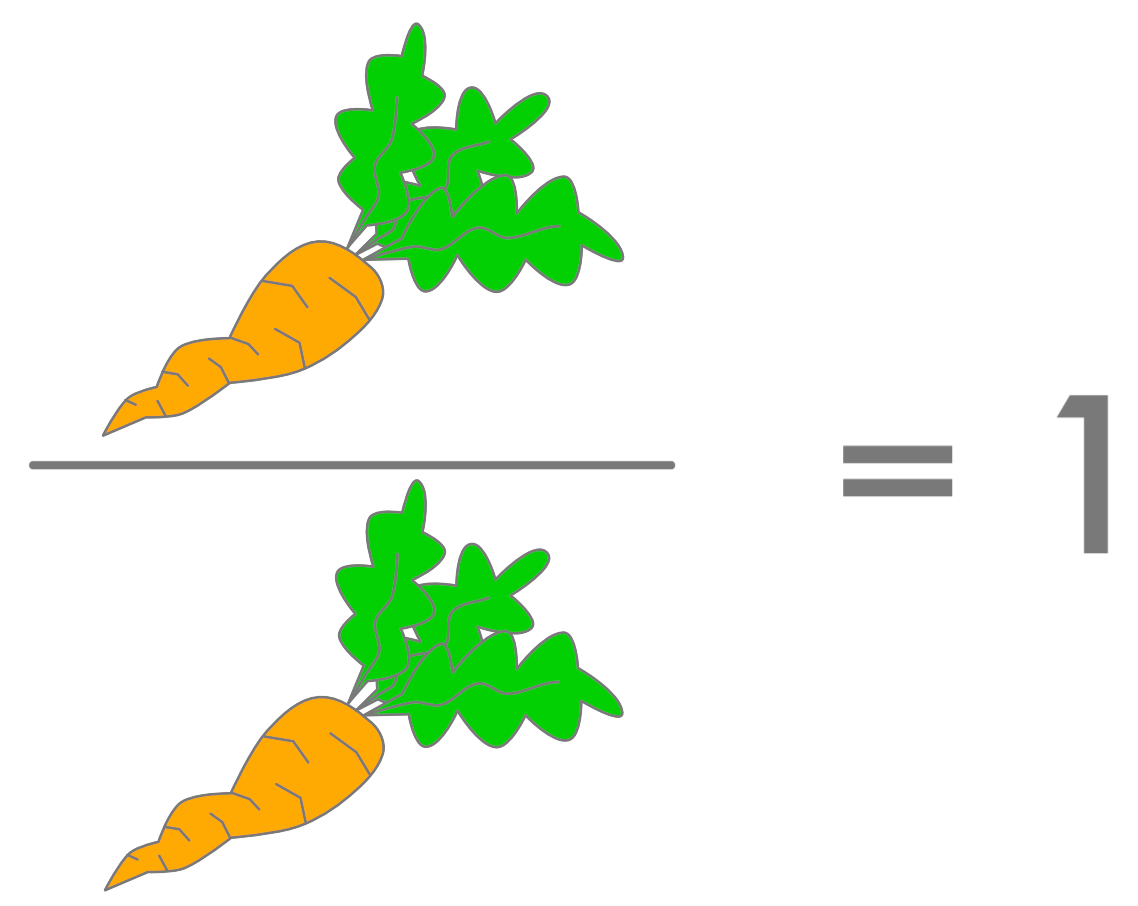- Your quiz is returned.
- You know my two favorite tricks in the book, right? I was digging around on the intertubes today, and I found this:

The appropriate form of 1!
- Let's begin with a couple of
examples, to illustrate the method we use to handle these
critters, and to get our feet wet.
- Example
3.49 is quite interesting for several reasons, and we can
demonstrate something that they simply state. We're studying an
integral, and using it to compute probabilities. The integrand
turns out to involve a probability density -- that is, a
positive (\(\ge 0\)) function whose integral of the density
over all possible values of \(x\) gives 1:
\[
\int_{0}^{+ \infty} k e^{-k x} d x = 1
\]
In particular, this is the
probability density function (pdf) of an exponential
distribution. Let's show that this is the case, using
limits (which is how we deal with these "improper" integrals):
\[
\int_{0}^{+ \infty} k e^{-k x} d x \equiv \lim_{R
\rightarrow \infty} \int_{0}^{R} k e^{-k x} d x
\]
Now the authors assert that \(k\) is the average time between accidents for the distribution, but I believe that they've got that wrong. One way we can tell is if the units don't work out. So they say that \(k\) is in months (3 months), but \(x\) is also in months. So the units of the integral are in months squared (but are supposed to be probabilities (dimensionless numbers between 0 and 1).
The mean of an exponential distribution with rate parameter \(k\) is \(\frac{1}{k}\) (not \(k\)), a choice which makes the integral dimensionless.
The average of any function of \(x\), \(f(x)\), is obtained by multiplying \(f(x)\) times the probability density, and integrating over the domain where the integrand is non-zero: \[ \overline{f(x)} = \int_{0}^{+ \infty} f(x) k e^{-k x} d x \] Since we want the average of \(x\), this becomes \[ \overline{x} = \int_{0}^{+ \infty} x k e^{-k x} d x \] We can use substitution, \(u=-kx\), to turn this integral into one from the quiz, and find that the average value of \(x\) is indeed \(\frac{1}{k}\). Therefore, if the average time between accidents is 3 months, \(k=\frac{1}{3}\).
So the calculation we want is \[ \int_{8}^{+ \infty} \frac{1}{3} e^{-\frac{x}{3}} d x \]
or about .0077: the probability of eight months between accidents would be about \(\frac{8}{1000}\).
This makes a lot more sense than their answer, of \(3.8 \times 10^{-11}\). Think about it: even if the average time between events is 3 months, can't you imagine that it's possible that sometimes you go about three times the average between events? Like about eight in a thousand times that might occur?
It simply can't be so outrageously small as \(3.8 \times 10^{-11}\).
I'd better send an email to Gil Strang...:)
- Example 3.51 is much easier than our authors makes it.
- They used it as a teachable moment, illustrating the use of L'Hopital's rule.
- But we could have reached the conclusion much more easily. If the integrand is headed for infinity as \(x \rightarrow \pm \infty\), then it's not going to be integrable.... I.e., the limit won't exist as \(R \rightarrow \pm \infty\).
- Here's our improper
integral handout for this section. Let's look that over.
Next time we'll discuss comparisons....
- Wolfram Alpha
- Mathematica on-line is an option, if you are at a computer without Mathematica installed. I've tried it and it worked pretty well!